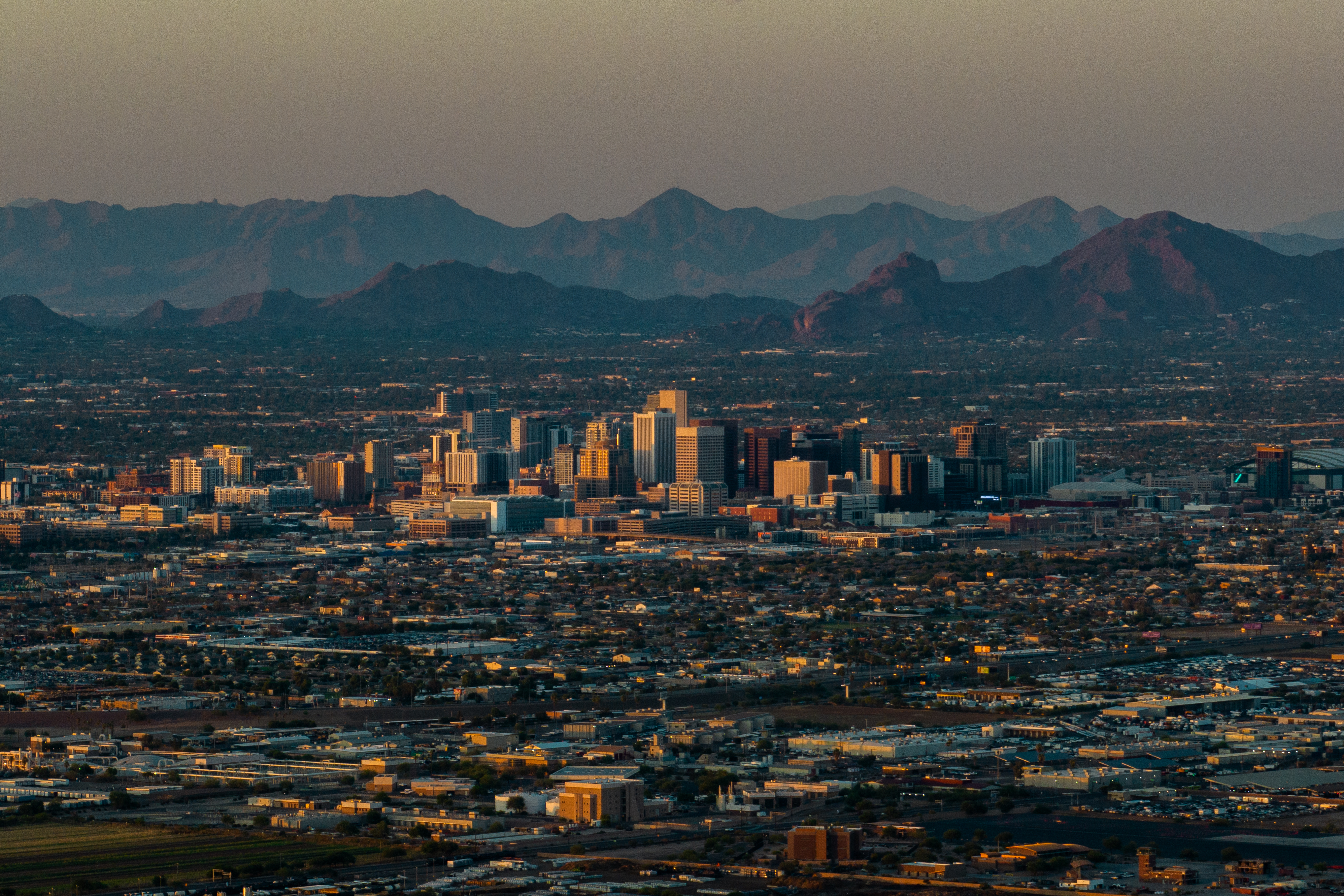By Joe Edwards
Millions of Americans across parts Arizona, Colorado, and Connecticut were advised to avoid driving and limit outdoor activities after officials issued air quality alerts warning of potentially hazardous ozone pollution.Why It MattersThe Environmental Protection Agency (EPA) warns that ozone exposure can irritate the respiratory system, inflame airways, and worsen preexisting conditions such as asthma, chronic bronchitis, and emphysema.Sensitive groups—including children, the elderly, and those with existing lung problems—face higher risks.What To KnowIn Colorado, an ozone action day alert was in effect until 4 p.m. for the Front Range Urban Corridor.”On Monday, ozone may reach levels that are Unhealthy for Sensitive Groups in the northern portions of the Front Range including Denver, Fort Collins, and Greeley,” an air quality alert published by the National Weather Service (NWS) said.Counties affected by the alert included Douglas, Jefferson, Denver, western Arapahoe, western Adams, Broomfield, Boulder, Larimer, and Weld.Residents in potentially affected areas were requested to help reduce ozone pollution by limiting driving gas-powered vehicles until at least 4 p.m., if possible. Active children and adults, as well as those with lung diseases should reduce prolonged or heavy outdoor exertion, the alert advised.In Arizona, an ozone high pollution advisory was issued for the Phoenix metropolitan area for Monday.”This means that forecast weather conditions combined with existing ozone levels are expected to result in local maximum 8-hour ozone concentrations that pose a health risk,” the alert said. “Adverse health effect increase as air quality deteriorates.”Locals were urged to carpool, telecommute, or use public transportation.Air quality alerts also covered Fairfield and Litchfield counties in Connecticut, which were in effect until 11 p.m. EDT.What People Are SayingAccuWeather meteorologist Brandon Buckingham previously told Newsweek: “Ozone is a secondary pollutant, meaning it’s not emitted directly from sources, but is formed through chemical reactions. These reactions require sunlight and higher temperatures, making warmer months more prone to ozone formation. When air is stagnant, pollutants don’t get dispersed, allowing ozone to build up to unhealthy levels.”Ozone pollution is often more severe in urban areas where there are higher concentrations of pollutants from sources like cars, power plants, and industrial activities.”Jonathan Grigg, professor of pediatric respiratory and environmental medicine at Queen Mary, University of London, previously told Newsweek that there are “very clear links” between inhaling particles and earlier death from both respiratory and cardiovascular diseases.He added: “There are vulnerable groups and classically they are children because they’ve got an extra issue to do with their lungs developing, whereas our lungs are not developing as adults.”What Happens Next?The NWS issues forecast updates regularly on its website.
